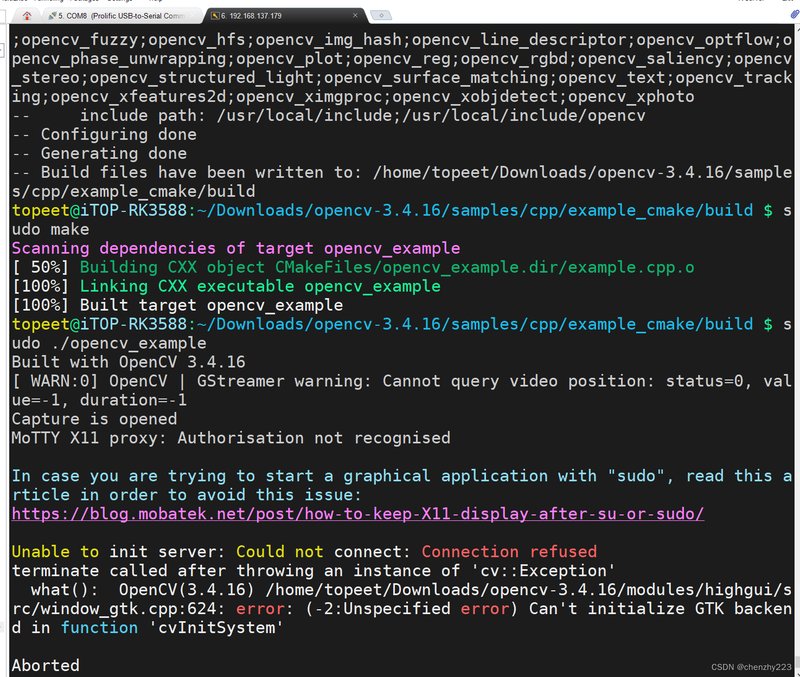
So, why is regeneration such a big deal? Imagine you’re building a Lego model, and you accidentally break a piece. Instead of panicking, what if you could just create a new one without any hassle? That’s similar to what bristle worms can do. This regenerative ability allows them not only to recover from injuries but also to thrive in their environments. Whether you’re a curious kid, a student, or just someone looking to learn more about these fascinating creatures, let’s explore the ins and outs of bristle worm regeneration.
What Are Bristle Worms?
Bristle worms, also known as polychaetes, are segmented worms that belong to the class Polychaeta. They are mostly found in marine environments, living in a variety of habitats from sandy shores to deeper ocean floors. These worms come in different shapes, sizes, and colors, making them a diverse group within the animal kingdom.
Most bristle worms have hair-like structures called *setae* that help them move through the water and soil. These setae are not just for show; they can be quite helpful for both locomotion and defense. Some bristle worms can even release a toxin if threatened, adding another layer of complexity to their survival.
Honestly, it’s their adaptability that makes them so fascinating. They can thrive in various environments, and each species has its unique characteristics that help it survive. When we think about regeneration, it’s essential to understand that these traits likely play a role in why they can recover so effectively from injuries or predation.
How Does Regeneration Work?
When bristle worms are cut or injured, the magic of regeneration begins. But how does it happen? The process involves specialized cells called *blastemal cells*, which can transform into different types of tissues. This means that if a bristle worm loses a segment of its body, these cells can help rebuild what’s missing.
This regeneration is not instantaneous. It takes time and energy for the worm to heal. One reason bristle worms can regenerate so well is due to their relatively simple body structure. Unlike more complex animals, their segmented bodies have the ability to regenerate more easily, almost like a jigsaw puzzle where missing pieces can be replaced without much fuss.
You might be wondering how long it takes for a bristle worm to regenerate. Well, it can vary widely based on the species and environmental conditions. Some may regrow a lost segment within weeks, while others might take months. This resilience showcases not just their biological strengths but also their adaptability to survive in their ever-changing habitats.
The Science Behind Bristle Worm Regeneration
Scientists have been intrigued by bristle worms for ages, especially regarding their regenerative abilities. Research shows that the regeneration process involves a complex interplay of hormones, genes, and cellular activities. When a bristle worm is cut, it triggers specific reaction pathways that set off the regeneration process.
One of the key players in this regeneration affair is a growth factor known as *Wnt*. This factor helps signal the cells to start the regeneration process. Think of it as a starter pistol that kicks off a race, sending signal cells to the right spots to start repairing the damage.
Additionally, some researchers are studying bristle worms to better understand how regeneration works in general. This could lead to breakthroughs in regenerative medicine for humans. If these tiny marine worms can regrow their segments, is it too much of a leap to think that perhaps one day, humans might tap into a fraction of that potential for healing? It’s a thrilling thought!
Can All Bristle Worms Regenerate?
Not all bristle worms have the same regenerative capabilities. The extent of regeneration can depend heavily on the species. Some bristle worms can regenerate entire body segments, while others might only be able to regrow certain parts.
For instance, species like *Eunice aphroditois* have been observed to regenerate missing segments quite efficiently. This ability allows them to escape predators and continue thriving in their habitat. However, other species might not have the same level of capability, leading to different survival strategies that don’t always rely on regeneration.
Understanding these differences is crucial, especially for marine biologists studying ecosystems. It sheds light on how various species adapt to their environments and how they interact with other marine life.
Why Does Regeneration Matter in Nature?
The fact that bristle worms can regenerate is not just a neat trick; it has significant implications for the ecosystem. Regeneration allows these worms to maintain their populations, which in turn supports the larger marine food web. Healthy bristle worm populations contribute to nutrient cycling and organic matter breakdown in ocean ecosystems.
Additionally, their regenerative abilities can be an indicator of the overall health of marine environments. If bristle worm populations are declining, it might point to larger environmental issues that need addressing. Their presence often reflects the state of their surroundings, making them vital members of their ecosystem.
Furthermore, the study of bristle worm regeneration has wider implications, as mentioned earlier. Research can inspire new treatments in medicine, helping people overcome injuries or diseases. It’s a bridge between marine biology and human health, showing just how interconnected life on Earth truly is.
How Can You Observe Bristle Worm Regeneration?
If you’re curious about witnessing the regeneration of these fascinating creatures, you’re in luck! Many aquariums and marine research centers feature bristle worms in their exhibits. Observing them in a controlled environment can provide valuable insights into their behavior and healing processes.
You could also set up a simple marine aquarium with live rock and sandy substrate to attract bristle worms. Just ensure that your environment mimics their natural habitat, as this can help you observe their natural behaviors. Remember to handle any specimens carefully, as disturbing them can negate their ability to regenerate.
Plus, keeping a journal or taking notes on your observations can enrich your understanding and contribute to your research. This hands-on approach not only deepens your appreciation for marine life but also enhances your curiosity about the vast mysteries of our oceans.
Final Thoughts on Bristle Worm Regeneration
The world of bristle worms and their regeneration abilities is a captivating topic. From their unique anatomy to the complex biological processes that allow them to regrow body segments, there’s so much to appreciate about these creatures. They remind us of the resilience of life and the incredible adaptations animals can make.
As we continue to explore the natural world, let’s not forget how interconnected all life forms are. Each creature, from the smallest bristle worm to the largest whale, plays a role in maintaining the delicate balance of our ecosystems. So next time you see a bristle worm, take a moment to appreciate the wonders it holds within its segmented body and the secrets it can teach us about regeneration and survival.

